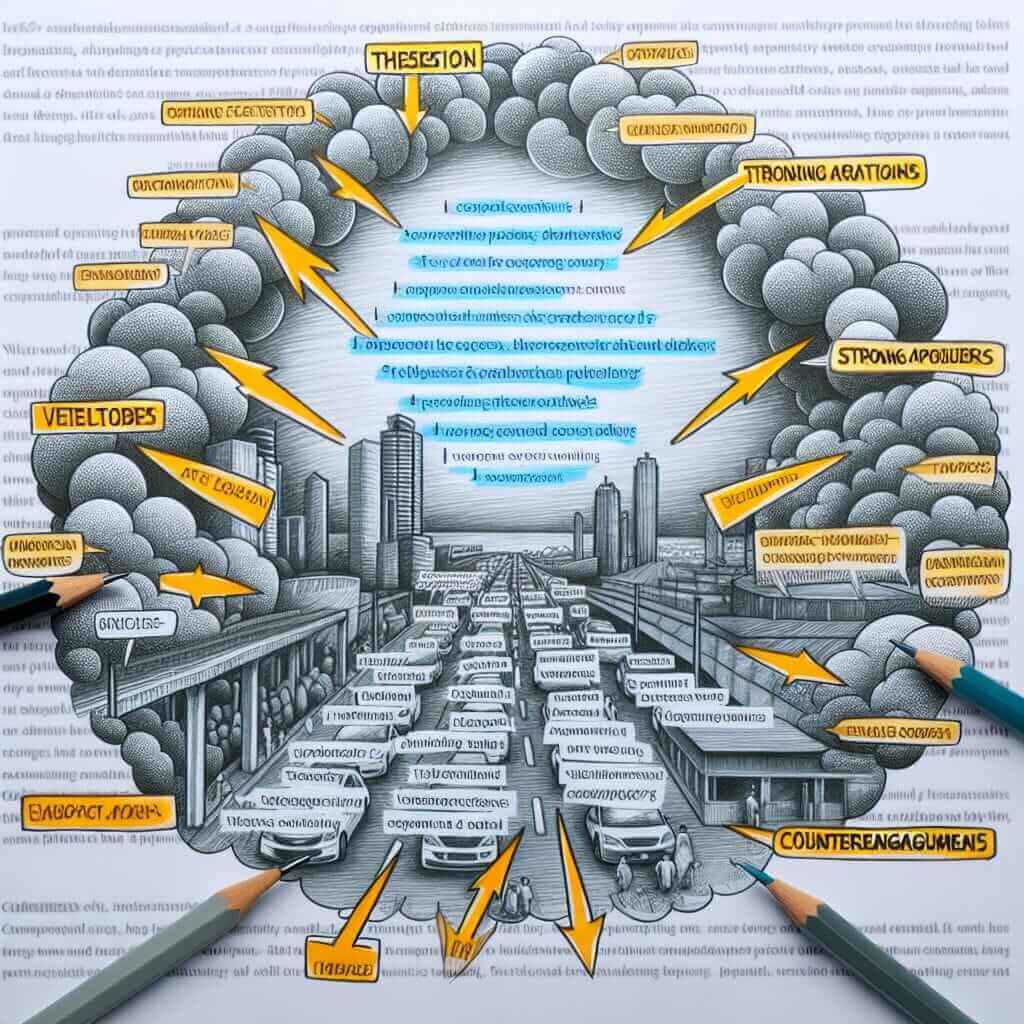The phrase “needless to say” is a common sight in everyday English, but it often leaves IELTS candidates wondering: Is it appropriate for academic writing? Can it help me achieve a higher band score, or will it harm my chances? Let’s delve into the intricacies of this phrase and explore its potential applications (or lack thereof) in your IELTS writing.
Consider these examples:
-
Speaking (Part 2): Describe a time you received good news.
- “I was ecstatic when I received my university acceptance letter. Needless to say, I immediately called my parents to share the good news.”
Analysis: Here, “needless to say” acts as a natural transition, highlighting the obvious next step after receiving such exciting news.
-
Writing Task 2: Some people believe that success comes from taking risks. Others believe it results from careful planning. Discuss both views and give your own opinion.
- “Some individuals thrive on adrenaline and believe that the greatest rewards come from taking chances. Needless to say, this approach requires a high tolerance for uncertainty.”
Analysis: In this context, the phrase effectively links the previous sentence about risk-takers with the subsequent statement about their acceptance of uncertainty.
Understanding “Needless to Say”
“Needless to say” is an idiomatic phrase that indicates something is self-evident or understood. Essentially, it implies that the information following it is already obvious to the reader.
However, its use in academic writing, especially in IELTS, is debatable. While it can add a conversational tone, it can also be perceived as redundant or superfluous.
Usage in IELTS and Alternatives
Frequency: “Needless to say” is rarely found in high-scoring IELTS essays.
Alternatives: To achieve a more academic and concise style, consider these alternatives:
- Clearly,
- Evidently,
- Obviously,
- It is evident that…
- It is clear that…
- It goes without saying that… (use sparingly)

Writing Sample:
Original: “Many students struggle with procrastination. Needless to say, this can have a detrimental effect on their academic performance.”
Improved: “Many students struggle with procrastination. Clearly, this can have a detrimental effect on their academic performance.”
Improved (alternative): “Procrastination, a common problem among students, can clearly have a detrimental effect on their academic performance.”
Achieving Higher Band Scores
Examiners value conciseness and precision. Replacing “needless to say” with stronger, more direct alternatives demonstrates a greater command of vocabulary and academic style.
Common Mistakes and How to Avoid Them
-
Overuse: Using “needless to say” repeatedly can make your writing sound repetitive and informal.
-
Redundancy: Often, the information following this phrase is not truly “needless to say” and could be stated more directly.
Example of an Error:
“Technology has revolutionized the way we communicate. Needless to say, social media platforms like Facebook and Twitter have played a significant role in this transformation.”
Analysis: The second sentence is not inherently obvious from the first. It would be better to connect the ideas more directly:
Improved: “Technology has revolutionized the way we communicate, with social media platforms like Facebook and Twitter playing a significant role in this transformation.”
Conclusion
While “needless to say” might pop up in everyday conversations, it’s best to approach its inclusion in your IELTS writing with caution. Prioritize clear, concise language, and opt for stronger alternatives to create impactful and academically sound essays. Remember, demonstrating your vocabulary range and writing sophisticatedly will ultimately lead to a higher band score.